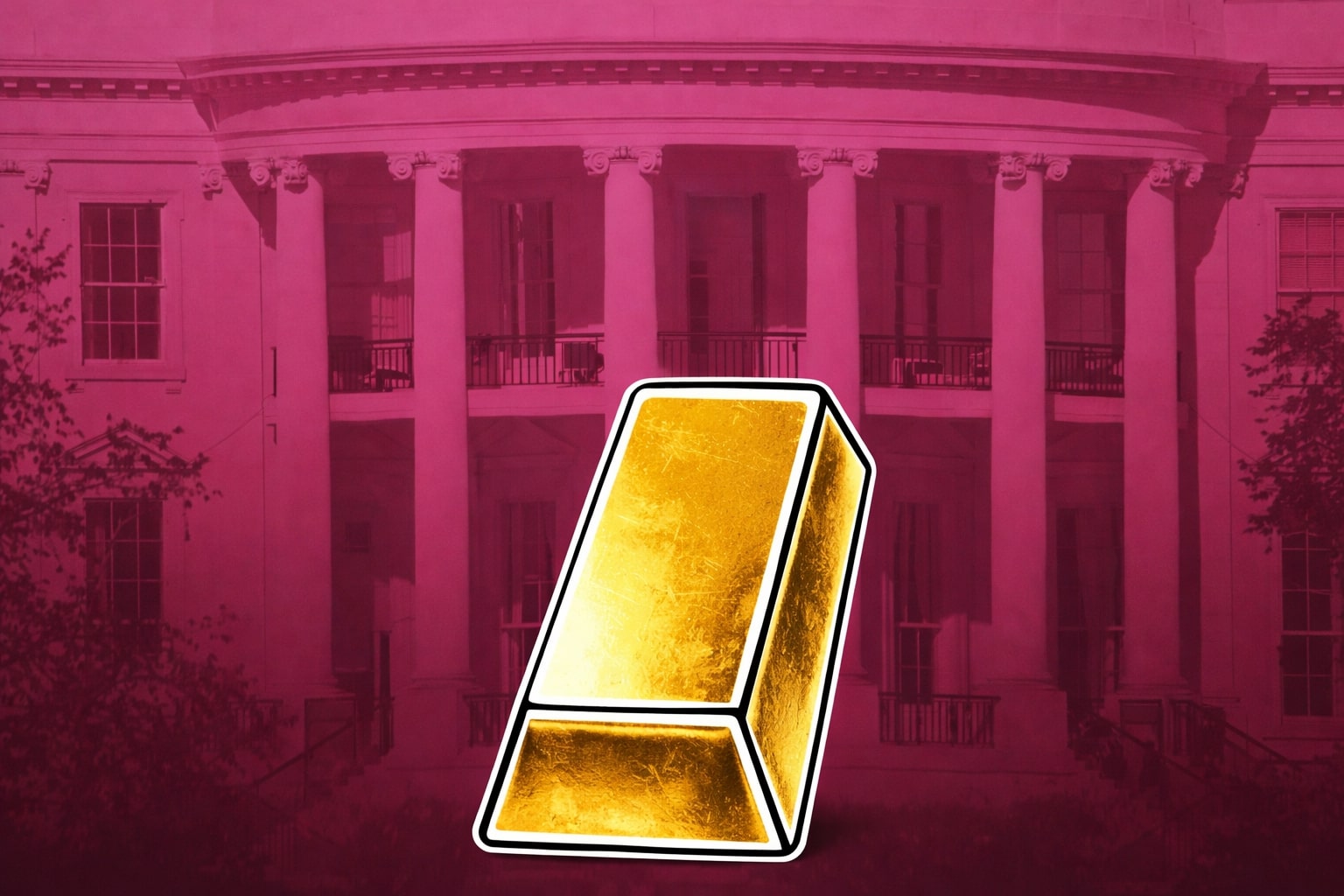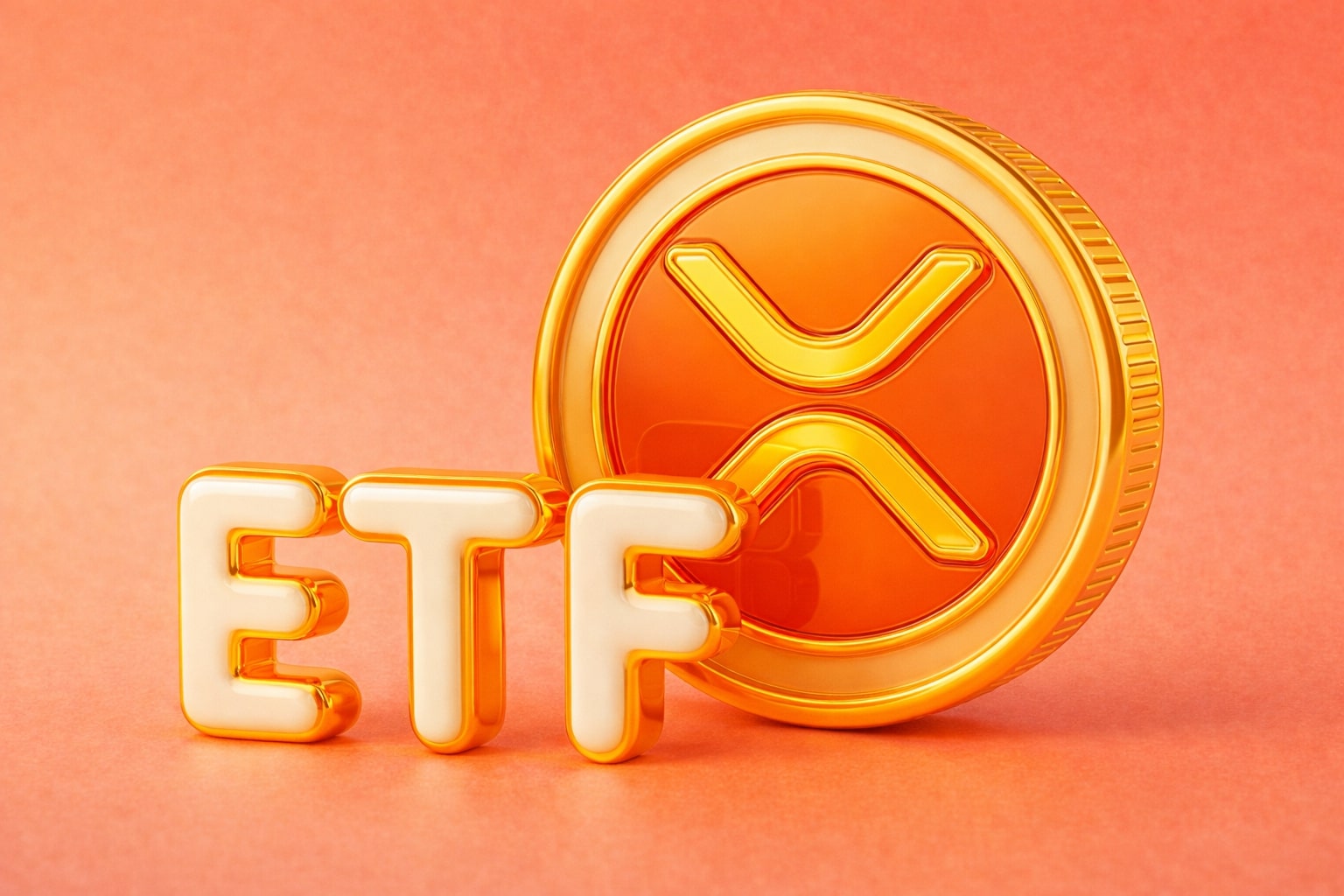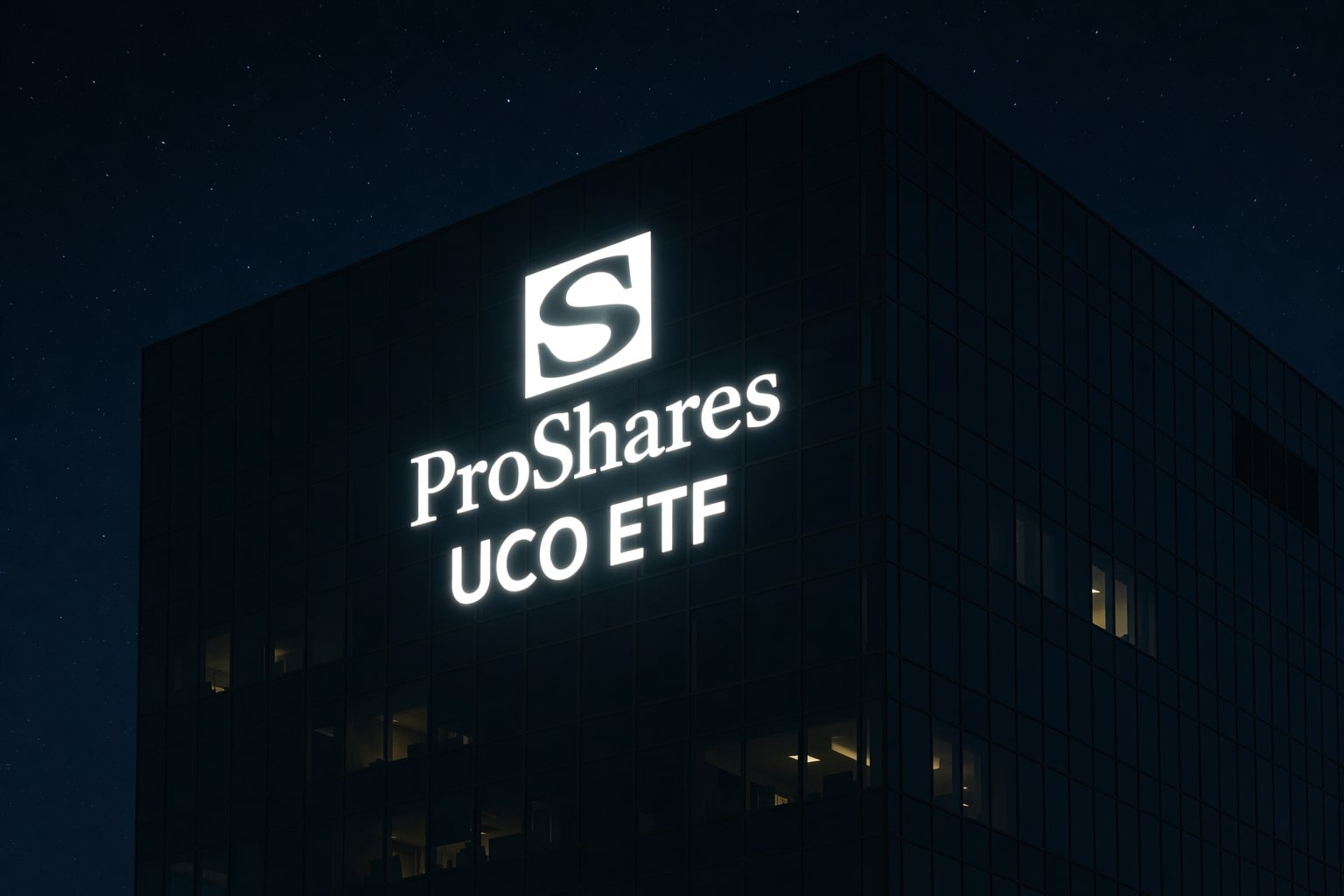
Natural Gas Price (NG=F) Forecast: $71 Bcf Storage Build Keeps Futures Below $3.20 Resistance
NG=F stabilizes at $2.98 as storage tops forecasts, LNG demand stays weak, and key support at $2.95–$2.88 will decide if bulls retest $3.58 | That's TradingNEWS
Natural Gas (NG=F) Price Forecast: Storage Build, Technical Resistance, and Demand Signals Shape Outlook
EIA Storage Build Puts Pressure on NG=F Prices
U.S. natural gas futures hovered near $2.98 after the Energy Information Administration reported a +71 Bcf storage injection for the week ending September 5, slightly above consensus estimates of +68–70 Bcf. Total storage rose to 3,343 Bcf, which is 188 Bcf above the five-year average and only 38 Bcf below last year’s levels. The injection disappointed bulls hoping for a lower figure, keeping NG=F prices capped under $3 despite recent attempts to break higher. Traders are now gauging whether this oversupply trend will continue, with projections pointing toward end-season inventories above 4.0 Tcf.
Technical Barriers Near $3.20 Hold Back Momentum
Natural gas is trading just below its 50-day moving average at $3.20 and faces a short-term pivot at $3.238. A decisive breakout above these levels could open room toward $3.579, but current momentum remains fragile. The market recently rebounded from a low of $2.695 to $3.198, a move driven largely by short-covering rather than fresh institutional buying. Support is concentrated in the $2.947–$2.887 range. If prices hold above this zone, a secondary higher bottom could form, paving the way for renewed bullish momentum. A failure of $2.887, however, would risk a sharp drop back toward $2.695–$2.647.
Cooling Forecasts and LNG Demand Weakness Weigh on NG=F
Weather models show muted demand signals in the near term, with cooler temperatures across the North and extreme Southern heat offsetting each other. This reduces overall gas burn expectations. Compounding the weakness, LNG feed gas demand remains subdued, keeping export flows below capacity levels. The quiet Atlantic hurricane season has further dampened volatility, as Gulf Coast LNG terminals face fewer storm-related risks. Traders are cautious that without a stronger weather-driven demand surge or a rebound in LNG exports, NG=F prices could remain pinned below resistance.
Regional Pricing Shows Oversupply Strain
Henry Hub benchmark gas slipped by $0.21 to trade below $3.00, with broad regional averages showing similar pressure. West Texas and Southeast New Mexico hubs posted deeper declines, with Waha sliding by $0.535, highlighting pipeline constraints and oversupply in producing regions. In contrast, Northeast hubs like Tennessee Zone 6 showed small gains near $0.135, reflecting localized demand. Nationally, the weighted average dropped by $0.10, reinforcing that weakness is spread across most delivery points rather than being isolated to a few hubs.
Institutional Buyers Signal Longer-Term Reliability Demand
While near-term pricing remains pressured, major North American buyers continue to lock in long-dated supply agreements. Forward curves show seasonal swings between $2.50 and $5.50/MMBtu through 2035, with consistent winter spikes above $5. This reflects underlying structural demand growth from population increases and data center expansion. Companies like Williams and Enbridge are expanding their pipeline and storage portfolios to meet this demand, underscoring that while short-term oversupply persists, long-term fundamentals remain tight.
Trading Strategy and Verdict
With NG=F near $2.98 and resistance layered at $3.20–$3.24, the market is at a critical inflection point. If support at $2.947–$2.887 holds, upside potential toward $3.58 remains viable, especially if weather or LNG demand improves. However, repeated failures to clear $3.20 combined with strong storage builds argue for caution. On balance, the technical structure favors a Hold stance—bullish potential exists on support confirmation, but oversupply and weak catalysts prevent a decisive Buy call at this stage. A break below $2.887 would shift the outlook firmly bearish.
That's TradingNEWS
Read More
-
UCO ETF Price Forecast: Can NYSEARCA:UCO at $18.57 Ride a 2026 Oil Squeeze?
18.12.2025 · TradingNEWS ArchiveStocks
-
XRPI at $10.50 and XRPR at $14.93 Hit XRP ETF Lows While XRP-USD Holds $1.84 After 30 Days of Inflows
18.12.2025 · TradingNEWS ArchiveCrypto
-
Natural Gas Price Forecast: Henry Hub Holds Around $4 as EIA Draw Hits 167 Bcf
18.12.2025 · TradingNEWS ArchiveCommodities
-
USD/JPY Price Forecast: Pair Holds Above 155 As BoJ And US CPI Set Up A Major Break
18.12.2025 · TradingNEWS ArchiveForex



















